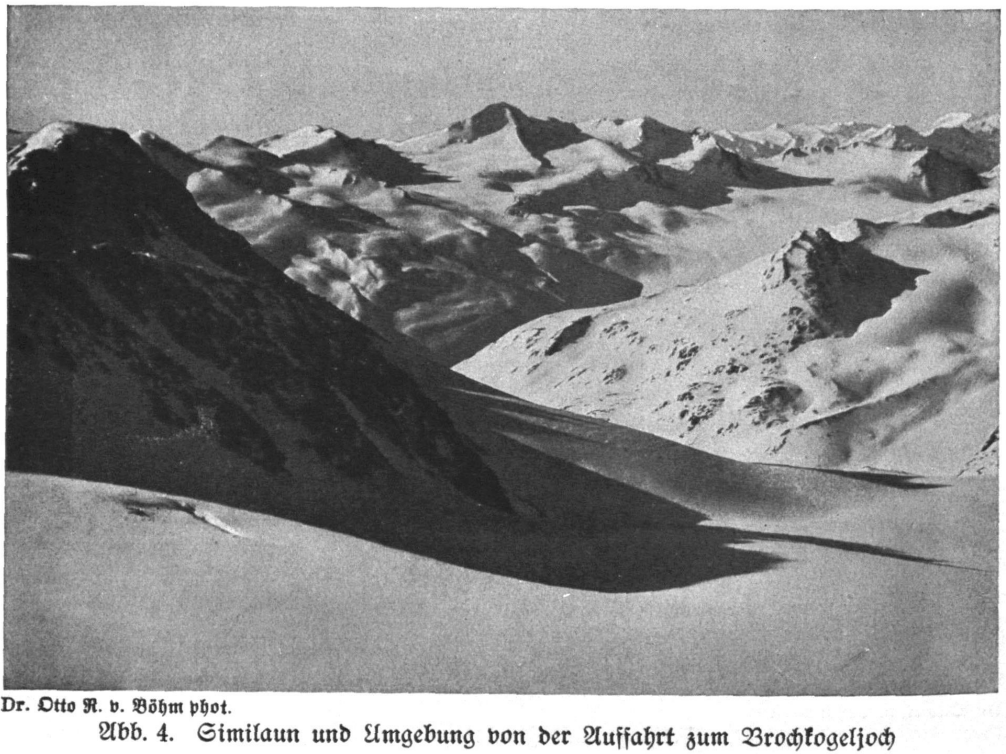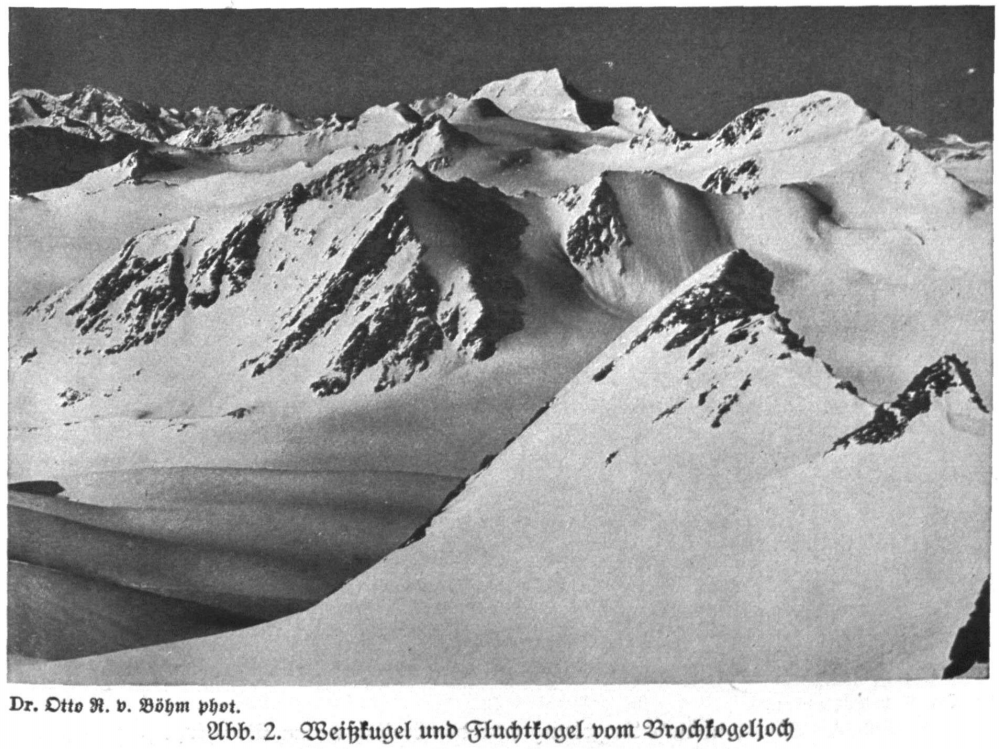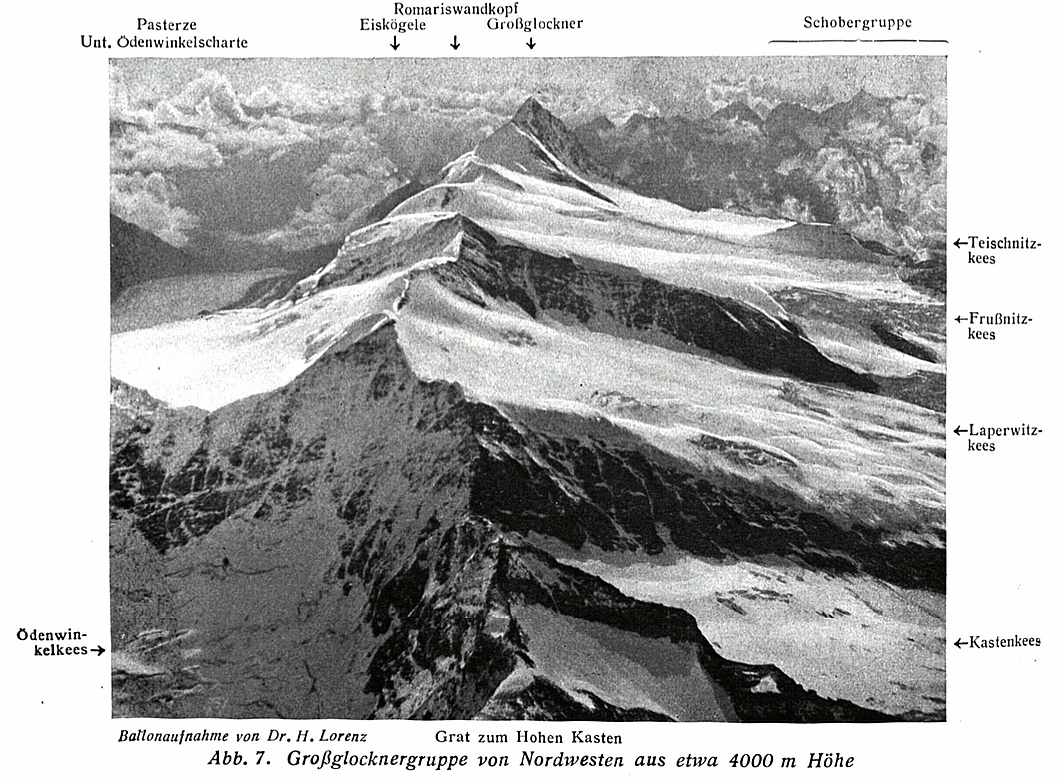Winter and spring journeys on both sides of the Inn
By Sepp Zangenfeind
Broad and sedate, as if well aware of its importance, the lower Inn rolls its waters through the wide valley towards the northern Tyrolean border. Since time immemorial, the proud river has been followed by a main route of international traffic, along which a colorful crowd has moved upstream and downstream over the course of countless centuries. (...)
The towering mountains to the left and right held no attraction for the travelers. The craggy walls on the northern side of the valley may have frightened them rather than attracted their attention, while the vast forests on the other side of the valley certainly harbored all kinds of dangers: Master Petz lived there and in the earliest times many a bold snapper rode down from many a castle when the watchman had reported the approach of a wagon-horse. The blessing of the mountains then lured industrious squires here and there, and from proud castles bold huntsmen set out on happy pastures; the forests were cleared, the farmer gained the ground for his peaceful activities and villages, markets and towns sprang up everywhere; thus the beautiful, wide, residential Lower Inn Valley gradually became one of the most blessed, richly cultivated valleys in Tyrol.
But while down in the valley the industrious, striving man took more and more possession of all arable land, the noble mountains, unless the miner extracted precious ores from them or extracted the salt indispensable to man, remained in quiet grandeur lonely guardians of the busy life at their foot. Apart from the stalking hunter, only a few isolated people came to the sunny heights, for whose beauty and wealth people still lacked a sense. It was only a relatively recent era that gave mankind an understanding of the priceless fountain of the most sacred joys that we love the mountains as today, and new flocks are now reviving the old military roads, from which they set out for the beloved mountains and penetrate into all the side valleys, filling the innermost corners of the high valleys with exultant jubilation.
And in very recent times, the mountains have once again gained a whole new host of admirers: the Nordic snowshoe has taken away many of the horrors of the Alpine winter and opened up new, previously unimagined, incomparable beauties of the mountains to mankind. It has also had the effect that many a mid-altitude peak, otherwise hardly noticed by the sky-striking high alpinists, which was comfortably greened in summer, has suddenly come into its own, and that many a quiet valley, which otherwise saw few visitors even in summer, but was completely closed off from the world in winter, is now suddenly filled with often joyful life.
So numerous have the friends of winter mountain beauty become that one even hears the complaint that even in winter there is hardly a truly quiet corner left. But this is often an exaggeration. The vast Alpine world will probably never be completely filled with human restlessness and sometimes you only need to deviate a few steps from the usual paths of the crowds to enter a world that is still almost untouched - at least in winter - where originality and the silence that allows us to interact so intimately with nature are still at home.
One such quiet world is the little-known charming side valleys of the lower Inntal, the Alpbachtal, the Wildschönau and the southern branches of the valley leading into the lower Brixental, the Kelchsau with its grounds and the Windautal. Although directly accessible from the main road of the Inn Valley, these valleys and their wonderful winter snowfields are completely foreign to the masses.
But even otherwise much-visited areas can still allow us to taste all the charms of undisturbed solitude if we approach them at a time when the great stream of travelers is not yet or no longer flowing. I have often tried this out, and when I talk about the "quiet mountains of the Lower Inn Valley" in the following lines, I can also add the peaks of the otherwise so busy Rofan group, which gave me something so beautiful and unforgettable in early spring, to the group of mountains on the right bank of the Inn, dreaming in peaceful solitude.




